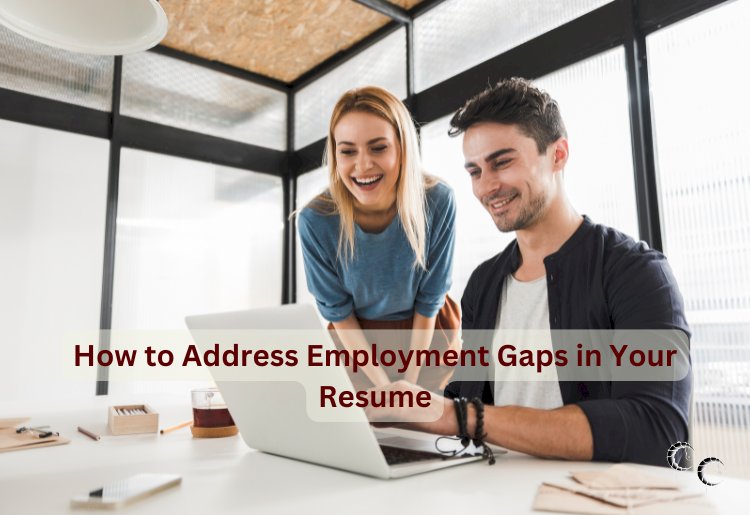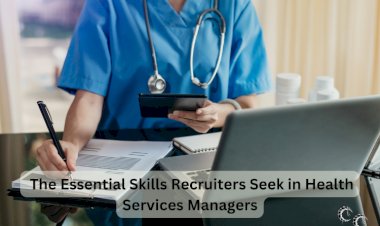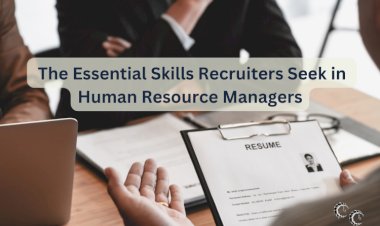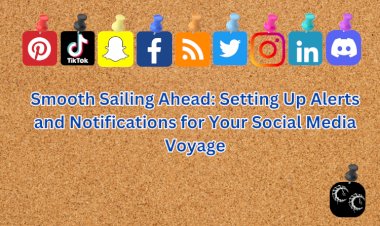How to Address Employment Gaps in Your Resume

Employment gaps can happen for a variety of reasons—personal development, caregiving responsibilities, health issues, or career shifts. While they may raise questions for employers, you can proactively address these gaps in your resume to position yourself as a strong candidate. Here’s how to handle employment gaps positively and effectively.
Strategies for Framing Employment Gaps
Be Honest and Direct
Attempting to conceal employment gaps can create distrust if they are discovered later. Instead, be upfront in explaining gaps briefly and positively. For example, you might label the time as “Professional Development” or “Family Caregiving” in your work history.
Use a Functional or Hybrid Resume Format
Consider using a functional or hybrid resume format that focuses on your skills and achievements rather than a strict chronological timeline. This allows you to emphasize your qualifications and minimize the visibility of employment gaps.
Provide Context in a Cover Letter
If the gap is significant, address it in your cover letter. Use a positive tone to explain the reason briefly and shift the focus to how the experience enhanced your skills or prepared you for the current opportunity.
Highlighting Transferable Skills and Experiences
Focus on What You Accomplished During the Gap
If you used the time for professional growth, highlight it. For example:
- “Completed certification in [field].”
- “Volunteered with [organization], gaining experience in [specific skills].”
- “Developed proficiency in [relevant skill] through online courses.”
Showcase Transferable Skills
Even if your gap involved non-professional activities, you likely developed transferable skills. Caregiving, for instance, demonstrates time management, problem-solving, and multitasking abilities. Include these in your skillset to show their relevance to the job.
Include Volunteer or Freelance Work
If you took on freelance, contract, or volunteer work during your employment gap, list these experiences. They demonstrate initiative and show that you stayed engaged in your field or community.
Staying Current During Unemployment
Take Courses or Certifications
Online platforms like Coursera, Udemy, or LinkedIn Learning offer courses to develop in-demand skills. Highlight these on your resume to show a commitment to personal growth.
Network Actively
Engage with professional organizations, attend industry events, or join relevant LinkedIn groups. Networking not only keeps you informed about industry trends but may also lead to new opportunities.
Pursue Side Projects
Starting a blog, developing a portfolio, or working on a personal project in your field can demonstrate your passion and expertise, even during unemployment.
Final Touches for Addressing Gaps
Use Dates Strategically
If a gap was brief, you can format your resume to include only years (e.g., “2018–2021”) rather than months, minimizing its visibility without being dishonest.
Keep the Focus on Your Strengths
Draw attention to your accomplishments, skills, and qualifications that align with the job description. This shifts the focus from what’s missing to what you bring to the table.
Prepare to Discuss the Gap in Interviews
Anticipate questions about the gap and rehearse a confident, concise explanation that emphasizes your proactive approach during that time.
Conclusion
Addressing employment gaps on your resume doesn’t have to be daunting. By framing gaps honestly, showcasing transferable skills, and highlighting how you stayed active during unemployment, you can turn potential concerns into opportunities to showcase your strengths. Use these strategies to present yourself as a resilient, proactive candidate ready to contribute to your next role.






























